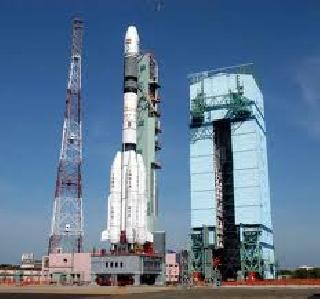
BANGALORE (PTI): India is planning two rocket launches next month that would carry on board home-made communication and remote sensing satellites, along with a Russian payload and a Singaporean micro spacecraft.
The first to go up would be a geosynchronous satellite launch vehicle (GSLV), carrying GSAT-5 Prime to augment communication services vis-a-vis TV, broadcasting and telecommunications.
The GSAT-5P is equipped with 24 normal C-band transponders and 12 extended C-band transponders.
Sources in the Bangalore-headquartered Indian Space Research Organisation said that GSAT-5P, with a mission life of 12 years, is slated to be launched in the second week of December. As of now, the space agency is looking at December 10 as the likely launch date.
Top ISRO officials are meeting on November 10 in the spaceport of Sriharikota in Andhra Pradesh, from where the twin launches would take place, to review the upcoming GSLV mission and firm up the date.
Preparations are also in full swing for the launch of the PSLV-C16 which would carry on board India's advanced remote sensing satellite Resourcesat-2 and auxiliary spacecraft of Youthsat and X-sat, expected towards the end of December.
Resourcesat-2 is intended to replace Resourcesat-1, launched in October 2003, which has outlived its designed mission life of five years but continues to work satisfactorily, ISRO sources said.
"Resourcesat-2 is a follow on mission to Resourcesat-1 to provide data continuity. Suitable changes including miniaturisation in payload electronics have been incorporated in Resourcesat-2", an ISRO official told PTI.
Resourcesat's images are being used for advanced applications such as vegetation dynamics, crop yield estimates and disaster management support.
Youthsat, a micro satellite, is a participatory scientific mission with one payload from Russia and two from India, carrying scientific payloads with participation from universities at graduate, postgraduate and research scholar level. The universities would participate from testing of the payloads in laboratory to the utilisation of the data.
Participation of young scientists is intended to inculcate interest in space-related activities and provide opportunities for realisation of future scientific payloads at the university level.
X-sat is the first locally made satellite in Singapore. It is designed and built by Nanyang Technological University (NTU) in the city-state.
 Previous Article
Previous Article Next Article
Next Article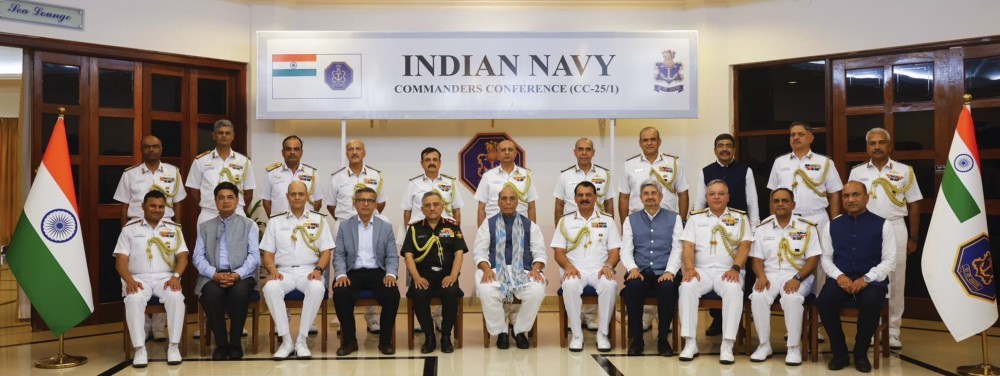
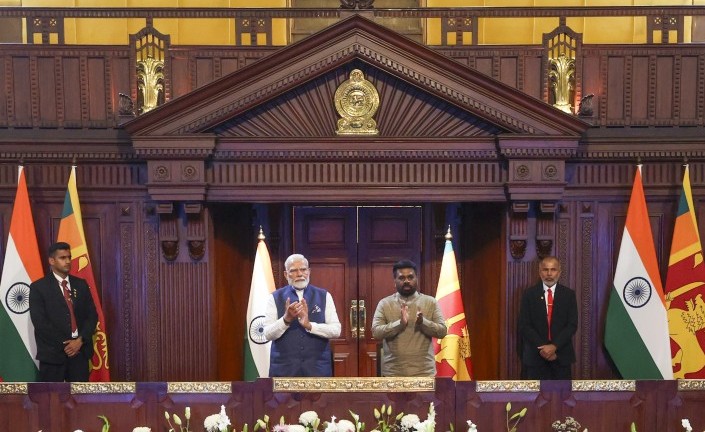
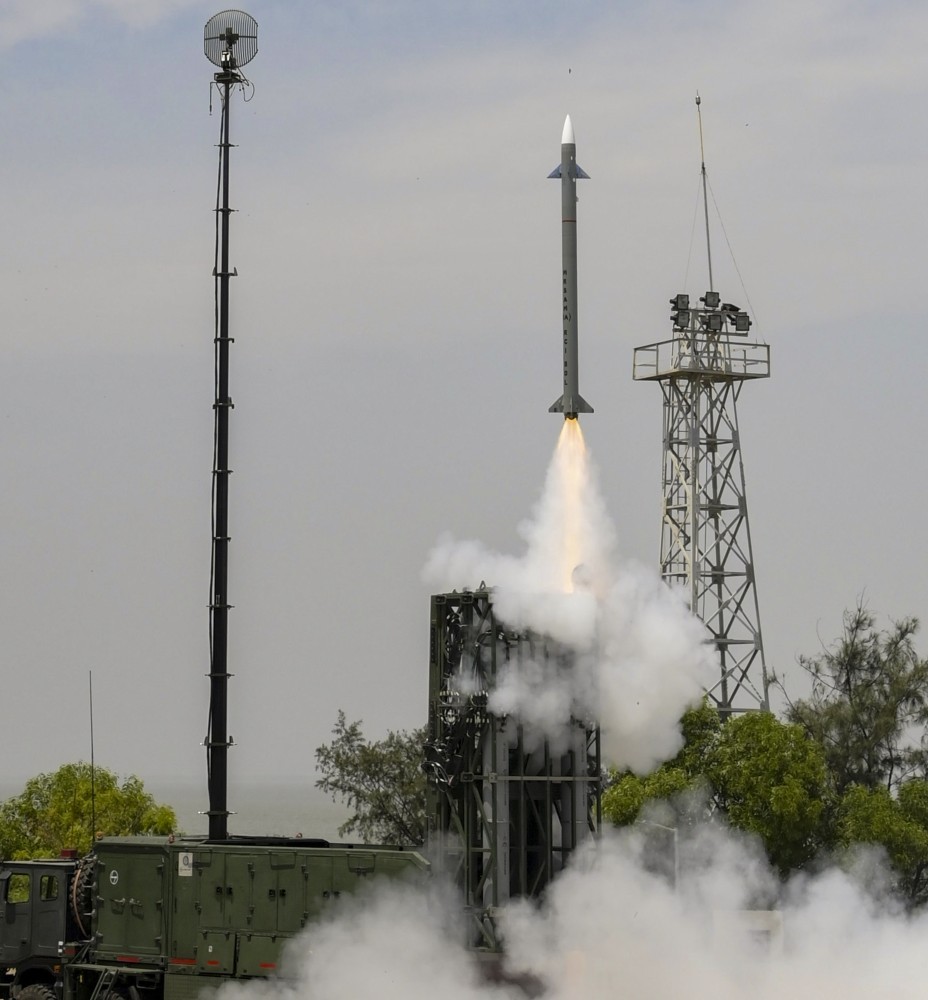



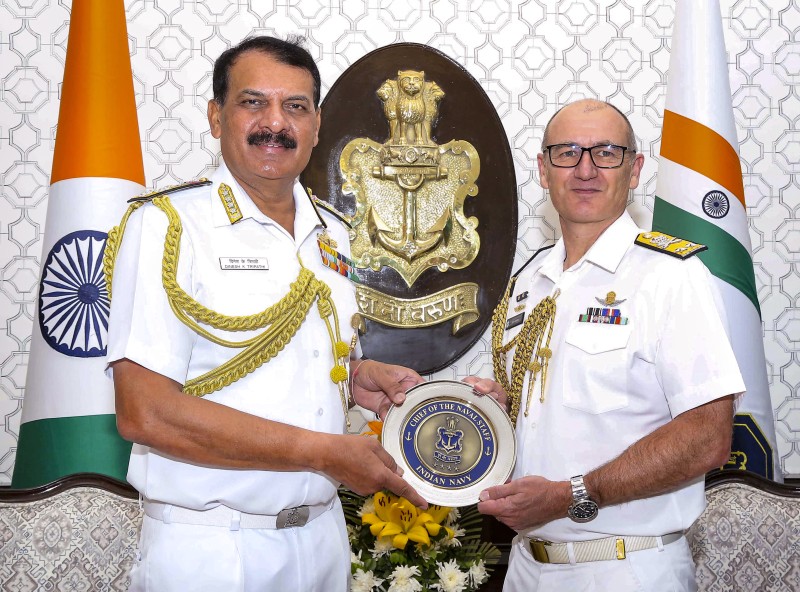







The Indian Air Force, in its flight trials evaluation report submitted before the Defence Ministry l..
view articleAn insight into the Medium Multi-Role Combat Aircraft competition...
view articleSky enthusiasts can now spot the International Space Station (ISS) commanded by Indian-American astr..
view article